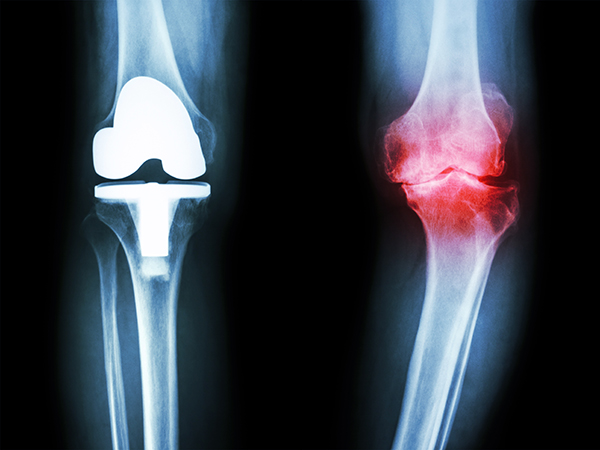August 30th, 2020
Degenerative joint disease is also called osteoarthritis and affects up to 70% of people over the age of 60. The condition causes the cartilage covering the adjoining bones in joints to wear out. It can also be characterized by damaged cartilage within the joint. The cartilage progressively deteriorates, causing stiffness, instability, and pain in the joint. The disease affects any joint in the body, but the most commonly affected are the hips, knees, neck, or lower back. The joints in the fingers, toes, and ankles may also be affected. Depending on the severity of the disease’s progression, there are different treatments orthopedic specialists will recommend. Here’s what you need to know.

Lifestyle Changes
Lifestyle changes won’t eliminate the condition, but they can help make it more manageable. This includes losing weight to reduce the impact on the joints and limit the damage. Increasing physical activity will help with weight maintenance and can also help improve flexibility, strengthen muscles, and limit the pain to keep the joints strong. Heat and cold packs can help with pain and inflammation, as well.
Medication
Mild cases of osteoarthritis may be managed with over-the-counter anti-inflammatory medications. Some people may have prescription medications to manage pain intermittently to avoid drug dependency. Corticosteroids (steroids) may also be provided to reduce inflammation for temporary relief that lasts longer than non-steroid medications. These may be oral medications, or they may be injected at the site of the affected joint.
Physical Therapy
Physical therapy is often used to help patients strengthen muscles around the joints. By strengthening these muscles, many patients reduce symptoms because the joints are better supported, and the range of motion is increased. Physical therapy is often used in conjunction with other types of treatments, as well.
Viscosupplementation
Viscosupplementation (also called “gel” shots) involves the injections of fluids that are similar to joint fluids. It requires a series of injections at the joint site to that reduces inflammation of the joint, usually lasting up to 6 months.
Platelet-Rich Plasma Injections
Platelet-rich plasma injections can help some patients improve their symptoms. It uses the patient’s own blood to separate plasma, which is rich in reparative elements to help decrease inflammation and degeneration. The plasma is injected back into the joint.
Joint Replacement Surgery
Despite success of the above treatments, non-surgical treatments don’t always provide the needed relief to reduce pain and mobility problems. In these cases, joint replacement therapy is a common treatment. Surgeries like hip or knee joint replacement require the surgeon to make an incision and remove damaged or diseased cartilage. The joint surfaces are replaced with metal, ceramic or plastic to give a smooth and pain-free movement. Eventually, the bone will fuse with the artificial joint, resulting in a new joint that restores mobility. If you think joint replacement might be a good option for you, contact Piedmont Orthopedics | OrthoAtlanta today if you have a degenerative joint disease in Atlanta.
Back






